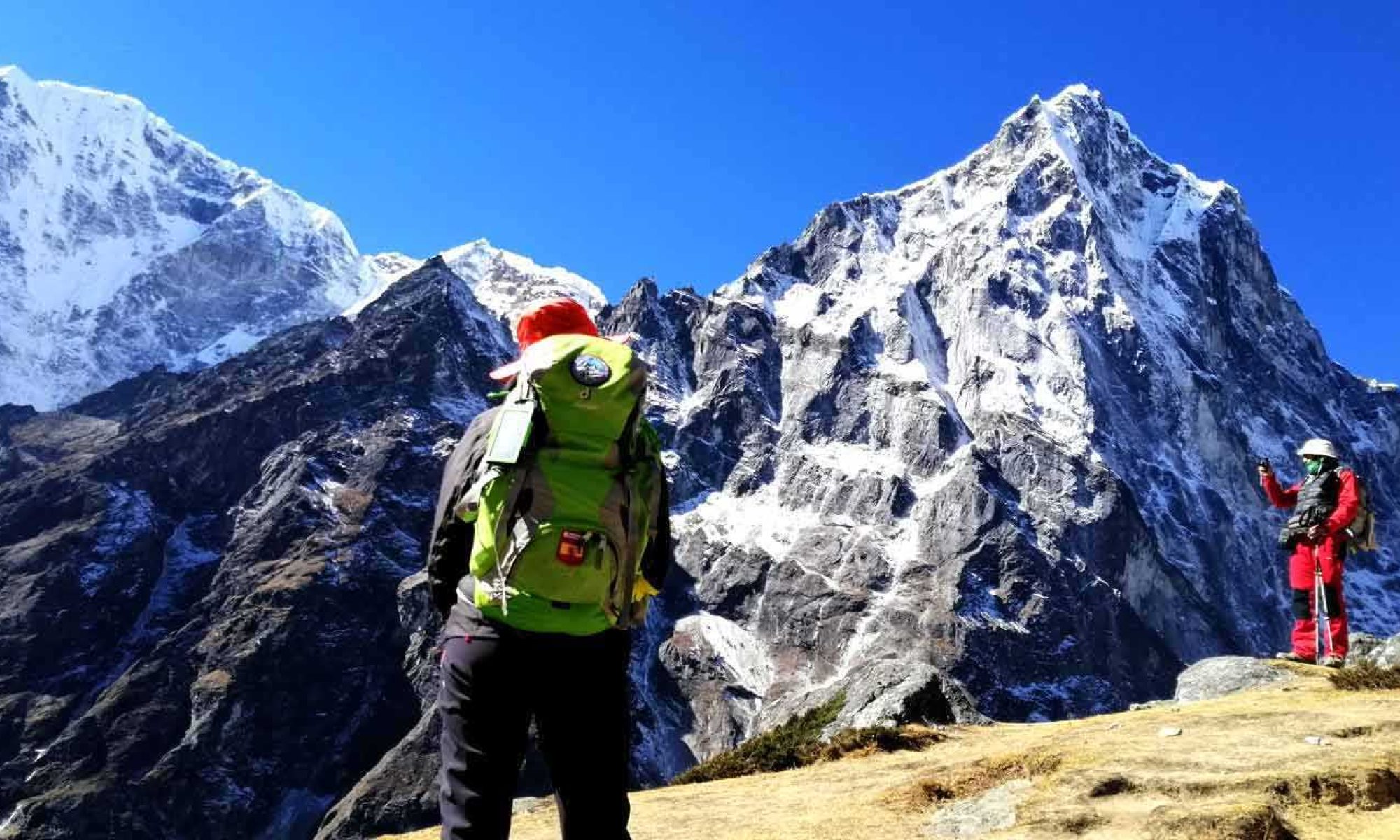Island Peak Climbing: Scaling Himalayan Peaks
Island Peak, also known as Imja Tse, stands tall amidst the Everest region of Nepal, offering adventurers a thrilling climbing experience. This iconic peak, towering at 6,189 meters, presents a challenging yet rewarding climb for mountaineers.
The journey to Island Peak Climbing begins with a scenic flight to Lukla, followed by a trek through the Khumbu Valley, passing through Sherpa villages and picturesque landscapes. As you ascend, the trail gradually transforms into rocky terrain, leading to the Island Peak Base Camp.
The climb to the summit involves traversing steep slopes, negotiating crevasses, and using technical equipment like crampons and ropes. The breathtaking views from the summit, including the panorama of Everest, Lhotse, and Makalu, make the challenging ascent worthwhile.

Mera Peak Climbing: A Himalayan Adventure
Mera Peak, standing at 6,476 meters, is the highest trekking peak in Nepal, attracting climbers with its majestic beauty and relatively non-technical ascent. Located in the remote Hinku Valley, this peak offers a pristine wilderness experience coupled with awe-inspiring vistas.
The journey to Mera Peak begins with a flight to Lukla, followed by a trek through dense forests, alpine meadows, and high-altitude landscapes. Along the way, trekkers are treated to stunning views of towering peaks and traditional Sherpa settlements.
The climb to Mera Peak involves ascending snow slopes and traversing a challenging glacier to reach the summit. Despite its altitude, Mera Peak is considered a feasible climb for novice mountaineers with proper acclimatization and guidance.
Why Choose These Climbs?
Both Island Peak Climbing and Mera Peak Climbing offer exhilarating experiences for adventurers:
1. Technical Challenge: Test your mountaineering skills and push your limits with challenging climbs that require physical endurance and mental fortitude.
2. Spectacular Views: Soak in panoramic vistas of the Himalayan giants, including Everest, Cho Oyu, and Ama Dablam, from the summit of these iconic peaks.
3. Cultural Exploration: Immerse yourself in the rich Sherpa culture, visiting traditional villages and monasteries along the trekking routes.
4. Sense of Achievement: Stand atop these majestic peaks and revel in the sense of accomplishment that comes with conquering Himalayan summits.
In Conclusion
Whether you choose Island Peak Climbing or Mera Peak Climbing, you're in for an unforgettable adventure filled with challenges, triumphs, and breathtaking moments. So, gear up, embrace the thrill of the climb, and set out to conquer the heights of the Himalayas.


